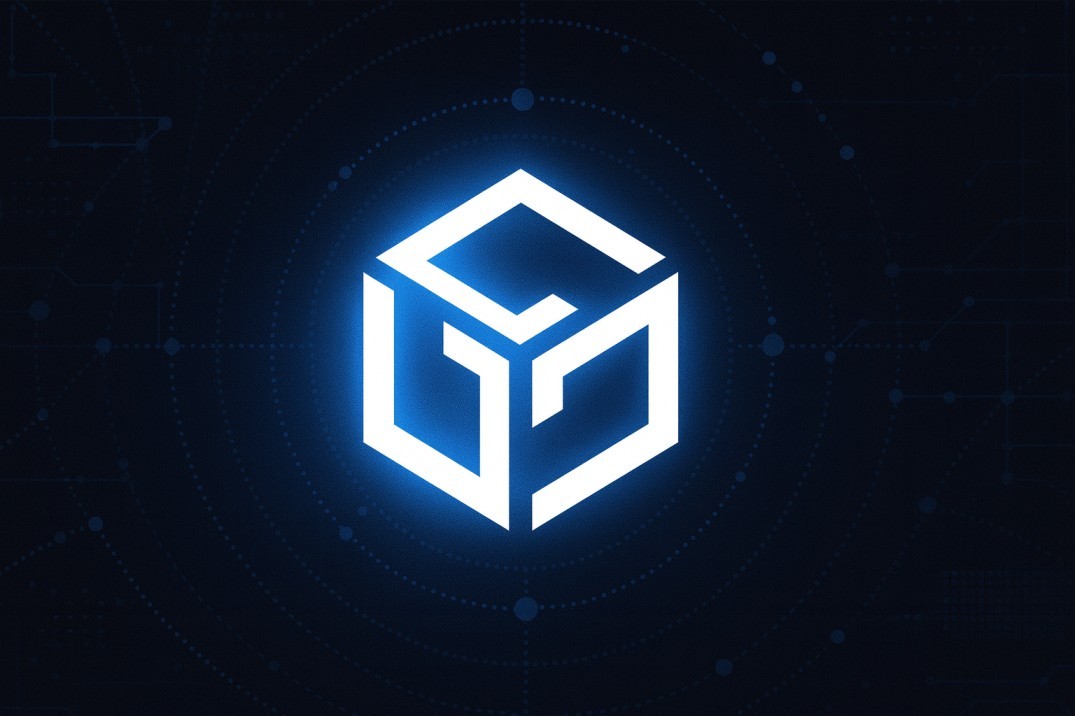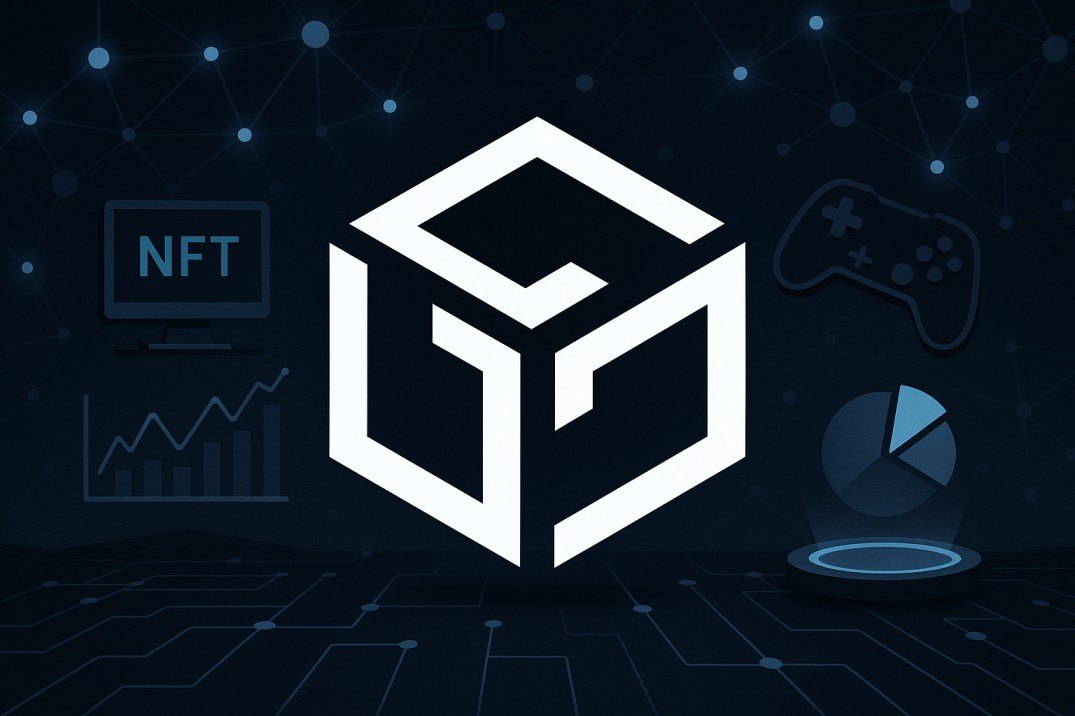TL;DR
- Gala is a Web3 entertainment ecosystem powered by its own layer-1 chain (GalaChain), built around games, music, film, and now open to external developers.
- The native token $GALA is a utility/gas token used for transaction fees, rewards to node operators, governance, and certain ecosystem burns.
- Gala's node network (Founder's Nodes) forms the backbone of GalaChain via DePIN (Decentralized Physical Infrastructure Network). Node operators earn daily GALA based on activity.
- Token supply is capped at 50 billion; daily emissions are dynamic-0.25% of (MaxSupply − CirculatingSupply). Burn mechanics reduce supply via gas usage and certain ecosystem transactions.
- Founder's Nodes can now be tokenized and transferred as NFTs on GalaChain, with associated fees and burn implications.
- Gala aims to empower creators, give players ownership of in-game assets via NFTs, and bridge entertainment and blockchain.
Gala began as a platform for blockchain-based gaming. Over time, it expanded into music, film, and broader digital entertainment. At its core, Gala aims to give creators tools and ownership in a Web3 environment-letting them build games, issue tokens, smart contracts, operate node networks, and more. As the platform grew, Gala developed GalaChain, its own layer-1 blockchain, to better support scale, speed, and lower transaction friction than relying purely on external chains.
From its founding in 2019 by Eric Schiermeyer (co-founder of Zynga) and Michael McCarthy, Gala has assembled a team with strong gaming pedigree, aiming not just at Web3 enthusiasts but at mainstream entertainment audiences too.
GalaChain & Node Network

GalaChain: The Backbone
GalaChain is the layer-1 blockchain that supports all ecosystem operations: games, NFTs, music, film. It handles transaction settlement, asset creation, governance, and more. Transactions on GalaChain are faster, with lower fees than using external layer-1s directly, which helps reduce costs for creators and players alike.
Founder's Nodes & DePIN
Founder's Nodes are user-operated nodes that are central to Gala's decentralized physical infrastructure network (DePIN). Node operators maintain network infrastructure, validate operations, host services (such as storage, networking, etc.), and receive daily GALA rewards for doing so.
In a recent update, Gala introduced tokenization of Founder's Node licenses: node licenses can be represented as NFTs (on GalaChain) and made "transfer-ready" so they can be moved between accounts. This adds flexibility, but making a node transfer-ready incurs fees, and such nodes lose eligibility for rewards during transfer readiness.
What Makes Gala Unique
Gala combines several features that differentiate it from many other gaming / Web3 projects:
Creator & user empowerment: Ownership of game assets (NPCs, avatars, land, etc.) via NFTs; creators can monetize their work directly.
No ICO / Premine: Gala did not distribute GALA via a large initial coin offering; its early token issuance was tied to node operations. That influences the distribution and perception of fairness.
Dynamic tokenomics: Emissions adjust based on how many tokens are already circulating. There's also a burn mechanism: when GALA is used as gas on GalaChain, or in certain ecosystem transactions, tokens are removed from circulation. This aims to balance issuance and usage.
Interoperability & developer tools: GalaChain supports bridging to other blockchains, and offers SDKs / Creator Tools so developers can build their own games, tokens, or node networks within the Gala ecosystem.
Token Utility & Tokenomics
This section digs into how $GALA works in the system, how it's emitted, used, and what supports its value.
The maximum supply of GALA is 50 billion tokens.
Daily token emissions are dynamic: roughly 0.25% of the difference between the current circulating supply and the max supply. That means as more tokens are in circulation, emissions slow down. Tokens are introduced into circulation mainly through Founder's Node rewards: operating a Founder's Node (being active) entitles the operator to daily GALA distributions.
Utility: GALA is used for gas fees on GalaChain, in-game payments, purchasing NFTs/assets, node license fees (e.g. the fees to redeem or transfer node NFTs), and governance voting. Many of these uses lead to GALA being burned (removed from supply), especially gas fees and certain ecosystem actions.
In 2023, Gala carried out a large token burn (~20.9 billion GALA) including reserve tokens and previously issued rewards, as part of contract updates to improve sustainability and transparency.
How Gala Works in Practice

Putting the pieces together, here's how someone might engage with Gala:
- A user buys a Founder's Node license. That gives them the right to operate a node, participate in the chain's infrastructure, and receive GALA rewards daily.
- The user creates or plays games under GalaChain, buying assets or NFTs with GALA. Assets might include in-game items, avatars, cosmetics, etc.
- When transactions are made (asset trades, NFT minting, etc.), users pay gas/transaction costs in GALA, which are burned. This reduces supply slightly over time.
- Governance proposals (for example proposals about node mechanics, rewards, roadmap features) are voted on by GALA holders or node operators, giving community a say.
- Node licenses can now be tokenized (become NFTs), made transferable with certain fees and rules. Node operators can exit or transfer ownership, which adds flexibility to the ecosystem.
Challenges & Risks
Even though Gala has many strong features, there are areas to watch:
Token supply pressure: Although there are burns, large token burns or reserve unlocks can affect market supply, and emissions must keep pace with burn/use to avoid oversupply.
DAO & governance concentration: With many node operators and GALA holders, ensuring that governance is balanced (not dominated by a few large holders) is important.
Competition: Many Web3 gaming/metaverse projects, NFT platforms, and traditional game platforms are also improving or adding blockchain features. Gala must keep its tools user-friendly and its ecosystem attractive to both creators and players.
User onboarding and friction: For non-crypto native users, buying GALA, setting up nodes, understanding NFT ownership, bridging assets-all these remain hurdles.
Regulatory environment: Web3 gaming, NFTs, token burns, staking-all may attract regulatory scrutiny especially in different jurisdictions; Gala needs to maintain transparency and compliance.
Final Thought
Gala (GALA) is one of the more mature and expansive ecosystems in Web3 entertainment. By combining its own blockchain, node network, dynamic tokenomics, and tools for creators, it strives to give users and developers both control and rewards. The move to allow node licenses to become tokenizable and transferable adds flexibility and demonstrates responsiveness to community needs.
Its real test will come in scaling: attracting more players, reducing friction, maintaining decentralization, and keeping value flowing back to creators and node operators. If Gala can sustain its model-balancing emissions with burns, governance fairness, and usability-it has a chance to be a foundational platform for interactive, user-owned entertainment.











